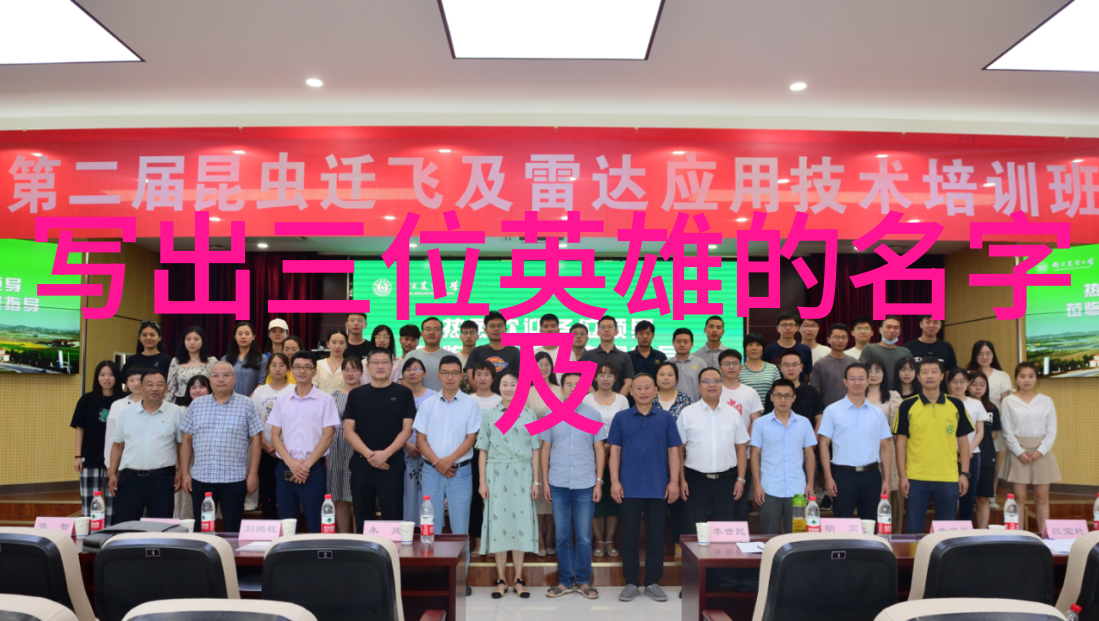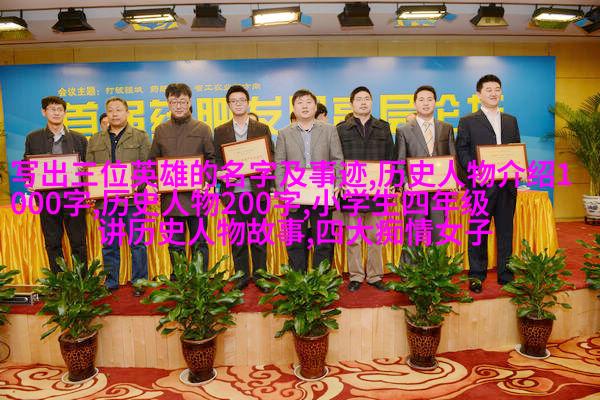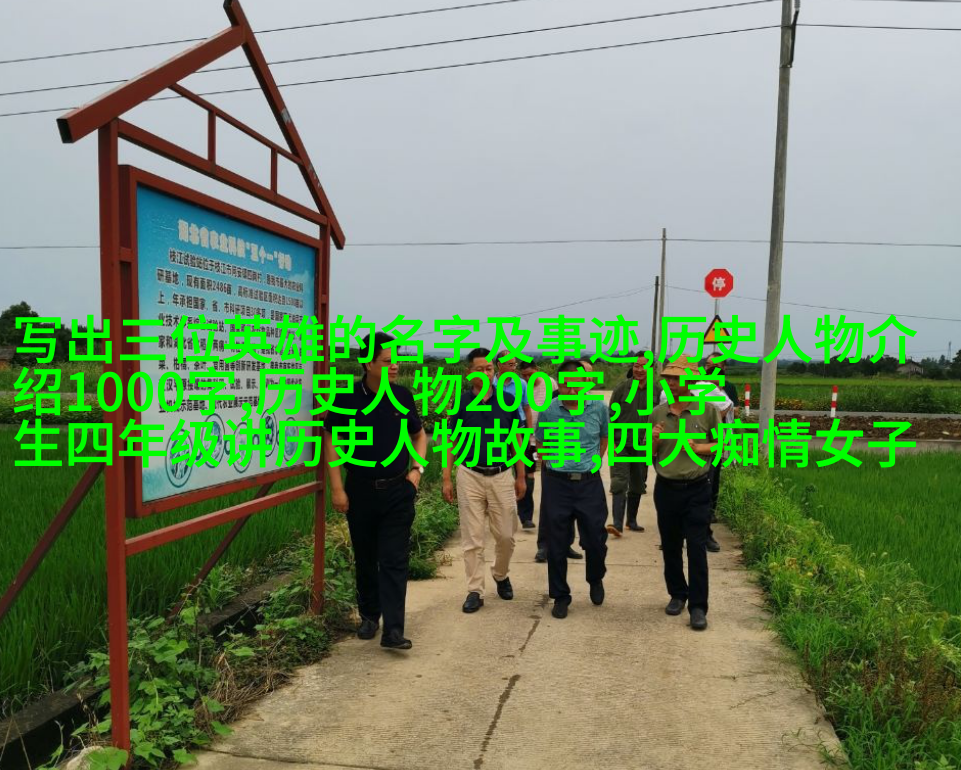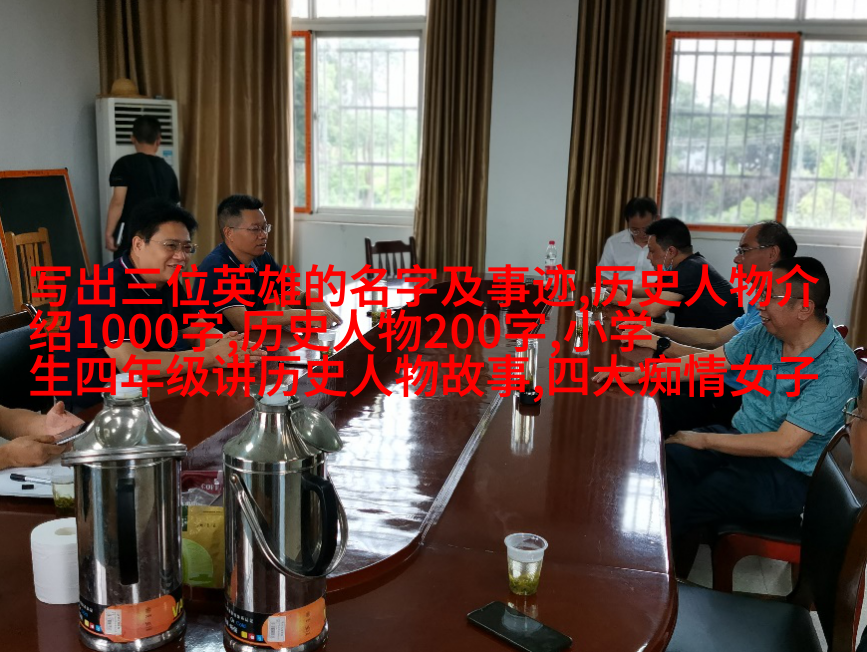Embracing Cultural Heritage through Language: Translating Ming Dynasty Histories with Accuracy and Style

Introduction
Ming Dynasty, the last imperial dynasty in Chinese history, has left an indelible mark on the world. Its rich cultural heritage, including literature, art, architecture, and politics, is a treasure trove for historians and scholars worldwide. However, as we delve into this fascinating period of Chinese history, one challenge stands out - how to translate Ming era texts accurately and effectively into English.

The Importance of Accurate Translation
Translating historical documents from one language to another can be a daunting task. When it comes to translating Ming era texts into English specifically designed for academic purposes or even popular audiences alike accuracy is paramount. It's not just about conveying the meaning but also preserving the essence of what was originally conveyed by the author.

The Challenges of Translation
Translation involves more than just substituting words from one language to another; it requires understanding both cultures deeply enough that you can convey nuances without losing context or meaning in translation process itself often proves difficult because there are so many subtleties involved when dealing with ancient languages like Classical Chinese which was used during this time period particularly challenging due its complexity grammatical structure vocabulary unique idiomatic expressions all these factors contribute making translation process much harder than simply transferring information between two languages.

Strategies for Effective Translation
Despite these challenges there are strategies that can make translation easier such as using parallel texts where possible comparing different versions within same text looking at multiple translations before finalizing one doing extensive research on subject matter itself studying linguistic patterns present within specific type writing style authors tend use etcetera These techniques help ensure accuracy while maintaining readability keeping readers engaged throughout entire piece rather than being overwhelmed by overly complex sentences long paragraphs excessive jargon thus allowing them fully appreciate value content holds beyond mere surface level interpretation alone

5 Conclusion
In conclusion translating Ming Dynasty histories into English requires great care attention detail thorough research & understanding both source material target audience needs This article has provided insights on how best approach such tasks ensuring accurate meaningful translations while maintaining artistic flair engaging storytelling ability that captivates readers' interest & helps them connect emotionally intellectually deeply with historical events themselves As we move forward exploring other aspects this magnificent civilization let us remember importance preserving cultural heritage through language thereby enriching our collective human experience forevermore
